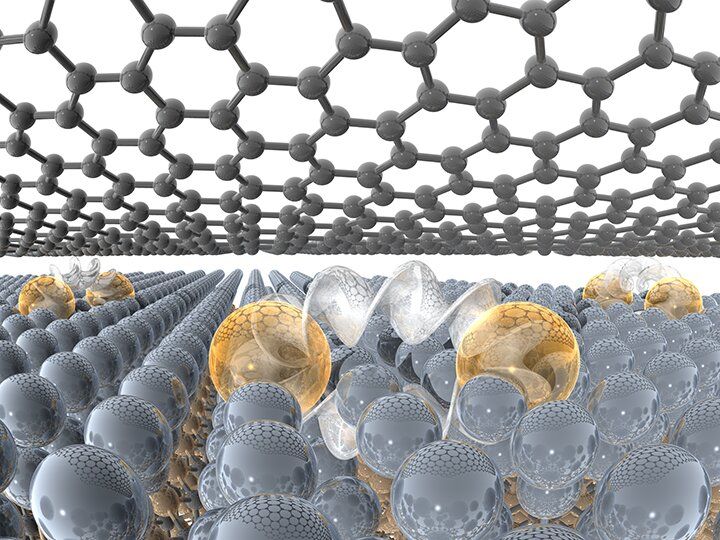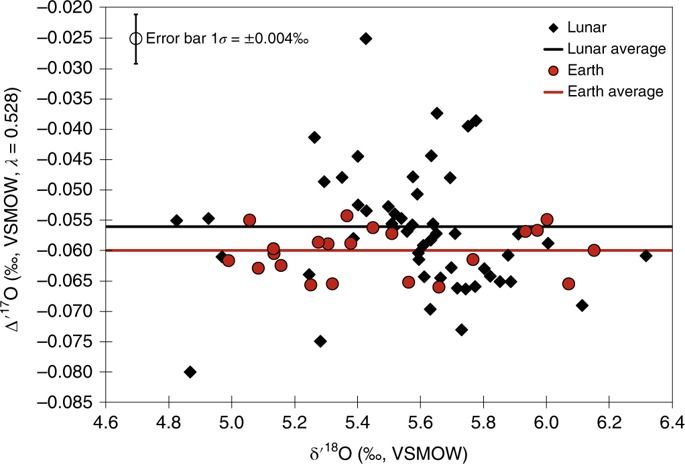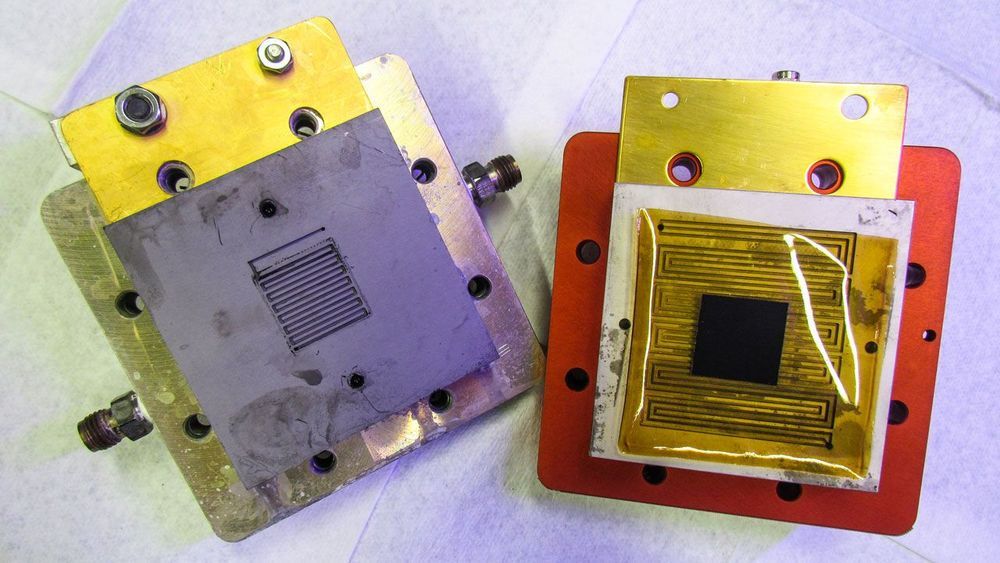
An atomically thin materials platform developed by Penn State researchers in conjunction with Lawrence Berkeley National Lab and Oak Ridge National Lab will open a wide range of new applications in biomolecular sensing, quantum phenomena, catalysis and nonlinear optics.
“We have leveraged our understanding of a special type of graphene, dubbed epitaxial graphene, to stabilize unique forms of atomically thin metals,” said Natalie Briggs, a doctoral candidate and co-lead author on a paper in the journal Nature Materials. “Interestingly, these atomically thin metals stabilize in structures that are completely different from their bulk versions, and thus have very interesting properties compared to what is expected in bulk metals.”
Traditionally, when metals are exposed to air they rapidly begin to oxidize—rust. In as short as one second, metal surfaces can form a rust layer that would destroy the metallic properties. In the case of a 2-D metal, this would be the entire layer. If you were to combine a metal with other 2-D materials via traditional synthesis processes, the chemical reactions during synthesis would ruin the properties of both the metal and layered material. To avoid these reactions, the team exploited a method that automatically caps the 2-D metal with a single layer of graphene while creating the 2-D metal.


















